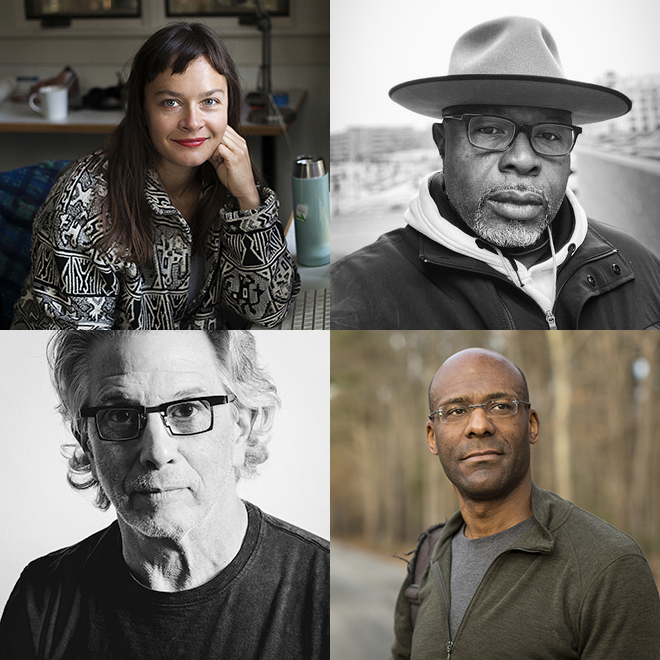
March 5, 2022, 2 – 4pm
District Hall Boston
75 Northern Avenue
Boston, MA
Panelists:
Allison Cekala, Thaddeus Miles,
Edward Boches, Brian Palmer
Moderator: Alison Nordström
This event was held in-person at
District Hall Boston and was also
broadcast as a real-time Zoom event.
The Photographer as Advocate: a discussion about enacting change is a panel with photographers Edward Boches, Brian Palmer, Thaddeus Miles, and Allison Cekala, moderated by independent curator and art historian Alison Nordström. The event will be a timely conversation about using art as a way to support struggling communities, advocate for the environment, and engage in a wide range of activism.
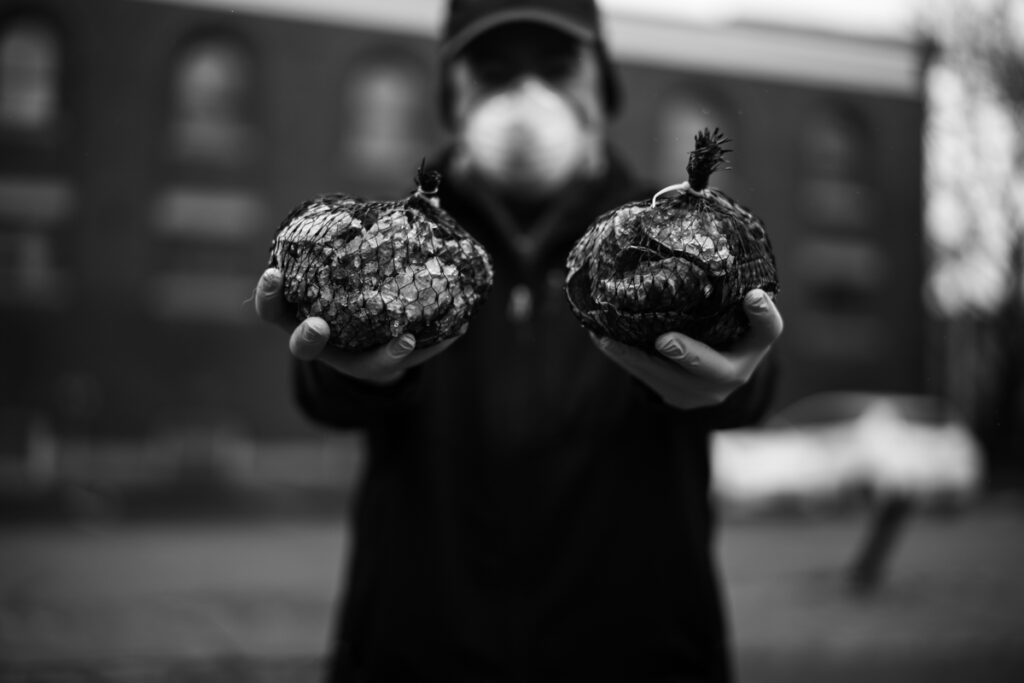
The Photographer as Advocate was inspired by a recent project by, a documentary photographer focusing on how people live, work, play, struggle and take action. In early spring 2020 Boches was documenting the life of an oyster farming family on Loagy Bay, Wellfleet when Covid hit and the business disappeared overnight. Boches offered to help with food or money, but instead the family asked him if he had friends who might want oysters, as they had a catering license and would be able to cater to people who might want oysters. Boches began using his photographs to tell the family’s story through social media and over the next year, as the pandemic continued, oysters lovers ordered over 100,000 oysters from the Wellfleet farmer/caterer. Boches’ advocacy expanded with a donation of photos, contributed by local printer Digital Silver Imaging. Sales of the work raised money for shellfisher relief. Boches now volunteers as Creative Director and writer of Wellfleet Oyster Association’s (formerly known as SPAT) videos, and as the photographer for its website.
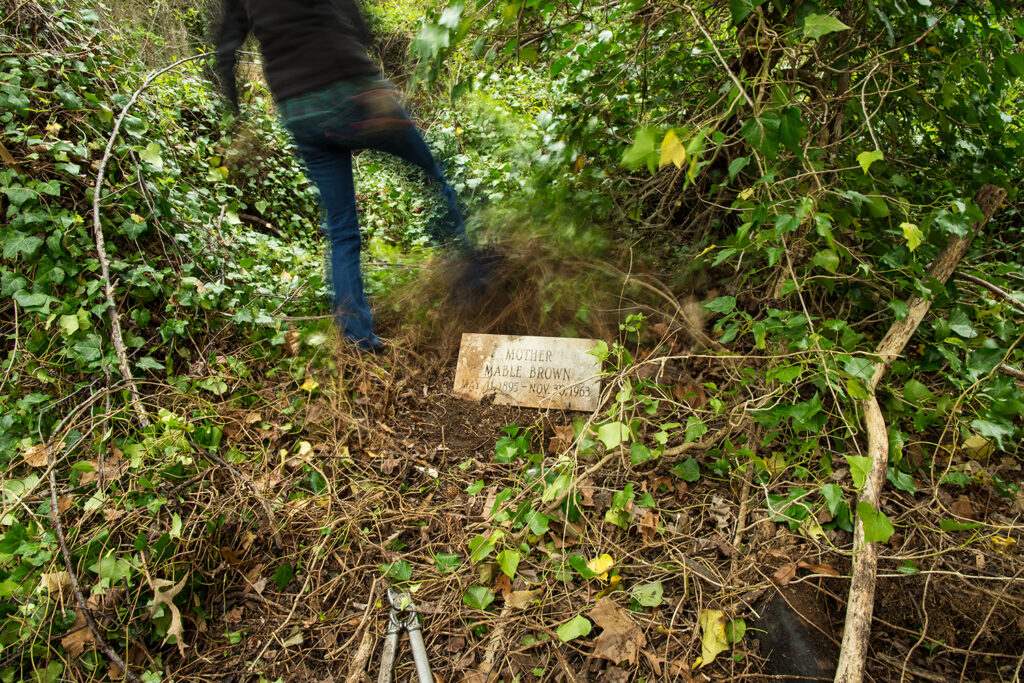
Peabody Award-winning journalist Brian Palmer similarly employs his work to raise awareness and support for a local non-profit. During his 30-year career he photographed conflict, politics, activism, and daily life around the world and in his own backyard. In 2015 Palmer joined the effort of a small band of volunteers working to reclaim the Richmond, Virginia East End Cemetery from deep neglect. This historic African American burial ground had all but disappeared from view. An invasive species had taken over, climbing the trees and thickening over time, blanketing the thousands of graves so completely that only the tallest headstones peeked through in what had become a nearly impenetrable 16-acre forest. Palmer began photographing the cemetery, and the volunteer efforts to revive the space and bring honor back to those buried there. Collaborating with the Friends of East End his documentary work has helped build community support and transform the cemetery into a public site of memory, contemplation, and beauty that honors Richmond’s Black community and history.
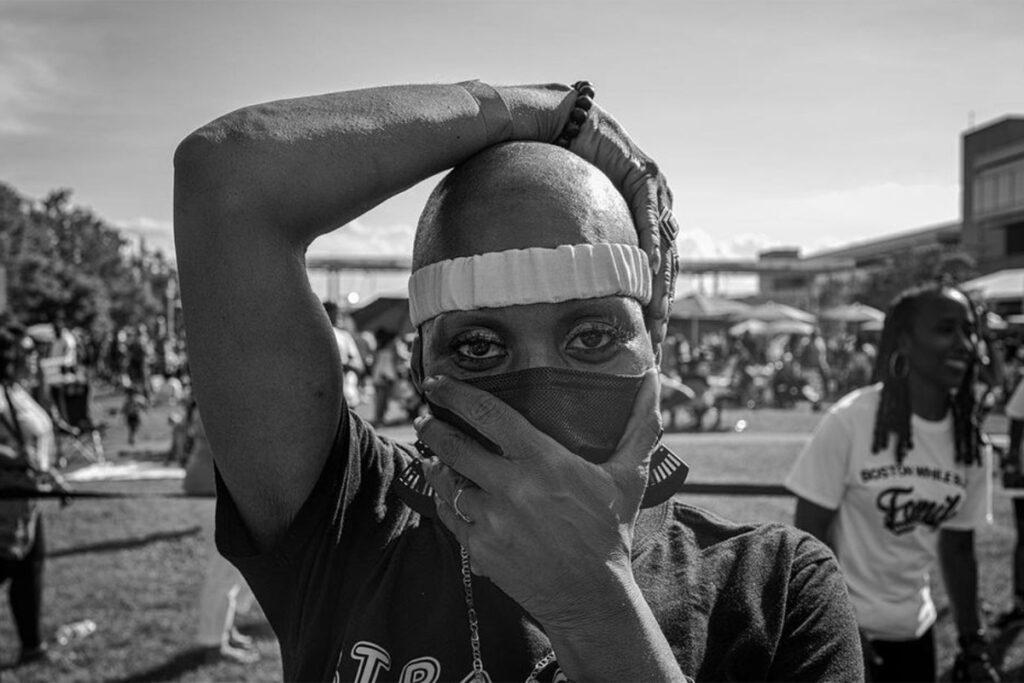
Community is a consistent theme in arts advocacy, whether it’s to support a struggling industry, a neighborhood, or individual citizens. Thaddeus Miles’ commitment to his community supports individuals in developing their voices and creating their own urban legacy. His endeavors are evident in his work as Director of Community Services at MassHousing, and his dedication to the Black Joy Project he founded in Boston. With his own photography and direct collaboration, he inspires people to tell their own truths about faith, resilience, and community through photography. He provides the technology, cameras, instructors and training necessary to endow residents with a multi-media capacity to tell their own stories. Miles’ steadfast commitment to ensuring that the most underserved citizens have genuine opportunities for success and achievement is also evident in his founding of Think Big Dream Big, a youth-driven initiative to jumpstart young people on the journey to a positive future, the fulfillment of their goals, and dreams. To spread his personal mission far and wide, Miles has a strong social media presence showcasing portraits of those in his community as part of his dedication to spreading #BlackJoy. In 2021 he partnered with the ICA to celebrate the second annual Black Joy Day in the City of Boston. The holiday exists to highlight Black music, poetry, and considerate discussions on restorative justice and the empowerment of Black people everywhere.
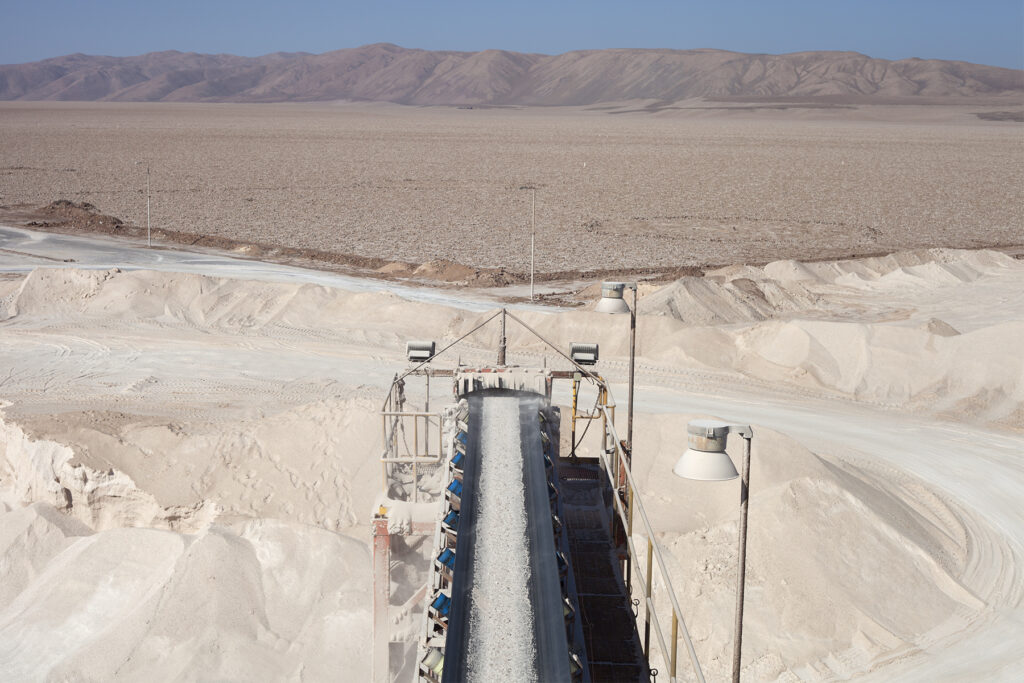
Image making is an ideal format to educate and advocate for the environment. With her film project Fundir, meaning, to melt, Allison Cekala creates a biography of a material, a record of extraction, migration, and physical transformation initiated by vast and intricate choreography of human labor and global trade. Raising awareness of the process to make road salt for cities and the environmental impact of the process, Fundir follows the treating and importation of Boston’s road salt from one of its main sources in the Atacama Desert of northern Chile. In the film she traces the beginnings of the salt cycle in the Anthropocene, documenting a small window into salt history millions of years after the salt formed from a prehistoric salt lake. Cekala shows salt serving a human use, melting ice into water, providing safety for winter road travelers in Boston as well as a livelihood for the hundreds of laborers that mine, truck, ship, and eventually spread the 99.5% pure rock salt over the roads of Boston. It is there that it slips back out of human hands, flowing into the Atlantic Ocean. Bringing together these four contemporary image makers in a conversation led by Alison Nordström increases the awareness of the importance of photographers as advocates and we hope it will inspire others to use their creative work to make positive change in the world.
Photography boasts a rich history of practitioners whose work is pivotal in enacting change on issues ranging from human rights and social reform to environmental justice. In the early 20th century, Lewis Hine’s investigative photographs contributed to labor reform and the photographers working under the auspices of the Farm Security Administration created compelling portraits of a rural America that still inform ideas regarding poverty and the role of government aid during crises. More recently, Sebastião Salgado’s photographs are stunning reminders of a natural world in the throes of a man-made destruction and Latoya Ruby Frazier reverses the role of photographer-as-observer by advocating for a historically marginalized community from within. Employing imagery in service of advocacy emphasizes the ability of the photographer and their work to play a role in strengthening community and generating advances in the world around them.
